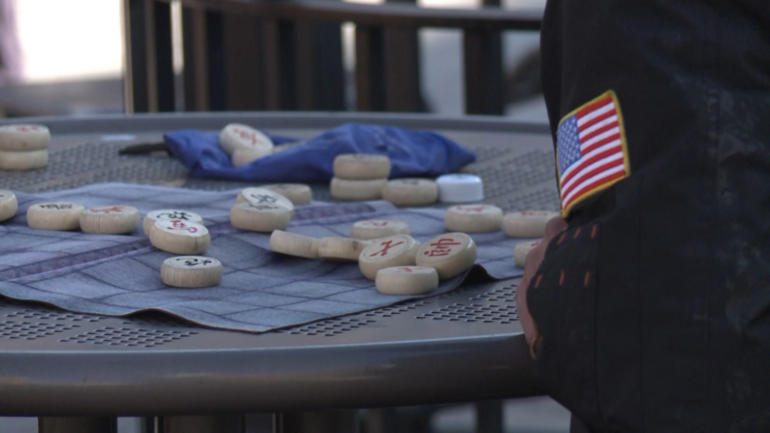Our next destination in the CGTN Chinatown Series is New York, home to a number of distinct Chinese communities.
These areas provide a support network for immigrants and Chinese Americans, plus a chance for locals to experience the culture.
CGTN’s William Denselow visited several of New York’s Chinatowns to get a feel for what makes “each” unique.
There’s a saying that the best way to someone’s heart is through their stomach. Manhattan’s Chinatown boasts roughly 300 places to eat making it a key part of New York’s iconic food scene.
“It’s much more than just about food, it’s about communal sharing experience and no better place than Chinatown and Chinese food because we sit around a circular table and we share. We don’t just say, ‘you order one plate and that’s yours only’,” said Wellington Chen the Executive-Director of the Chinatown Partnership.
Manhattan’s Chinatown began in the 1870s, but a century later grew into America’s biggest Chinese community, thanks to relaxed immigration laws. Demographics are ever-changing but there’s a large Fujianese community and a Cantonese presence that dates back over 50 years.
15 kilometers east, Flushing in the borough of Queens has seen a steady influx of people arrive from the Chinese mainland. According to the 2010 census, 70% of the area’s population is Asian and some now call it the Chinese Manhattan.
See how ‘Chinatown’ in New York expands far beyond Manhattan:
“Manhattan’s Chinatown keeps decreasing starting from 9/11 after that business was bad, everything got shut off, no power, so a lot of people said, ‘oh, we may as well move to Flushing,” said Peter Koo the Council Member of District 20 on the New York City Council.
20 kilometers to the southwest is Brooklyn’s Sunset Park home to a community that began to grow in the 1980s.
“8th avenue was almost totally empty so it offered a lot of affordability for storefronts, for mom and pop stores and for the new immigrants trying to find a new home,” said Paul Mak the CEO of the Brooklyn Chinese-American Association.
Three Chinatowns, all unique, but with a shared characteristic: providing an escape for those craving a taste of China.
 CGTN America
CGTN America
